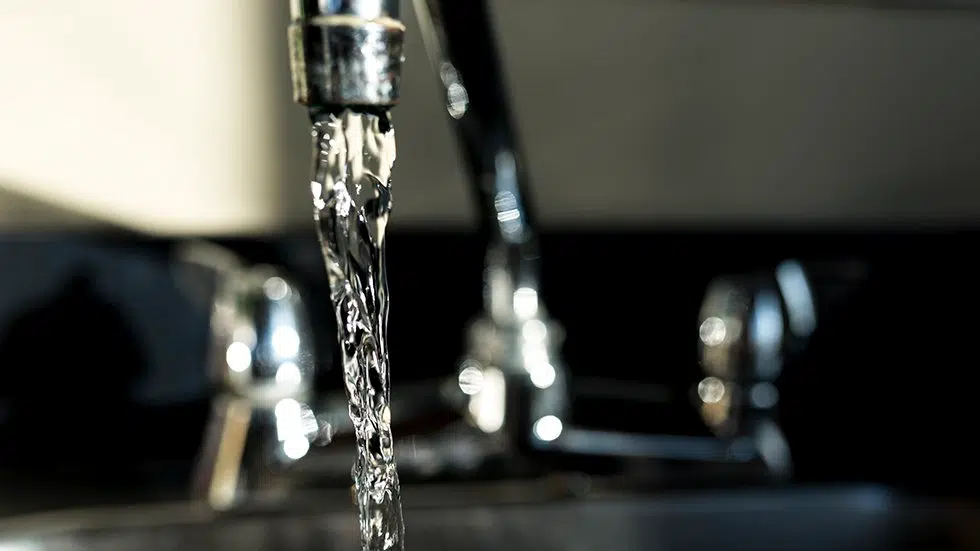
Lead in the water of older homes
Older homes in North Battleford could have potentially high levels of lead in their water.
A municipal monitoring program of water quality in 61 North Battleford households showed that out of the 41 homes with lead service pipes, 21 have lead levels in the water over Health Canada and Saskatchewan Environment’s maximum acceptable concentration.
There are 369 homes in North Battleford that have lead service pipes, most of which are older, having been built before the 1980’s.
“Lead poses risks to health, particularly in children up to three years of age,” André Gagnon, a spokesperson for Health Canada, said in an email. “Reductions in (IQ) are seen in children exposed to high levels of lead and science cannot identify a safe level where we can say there is no risk.”


